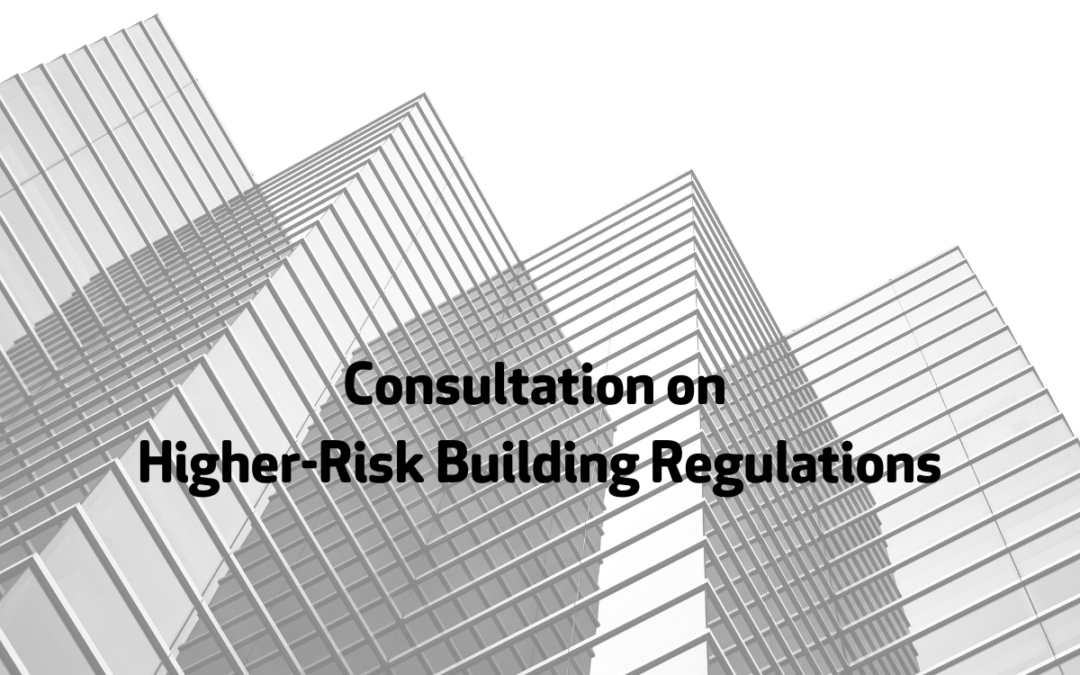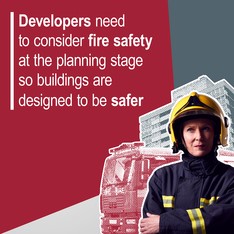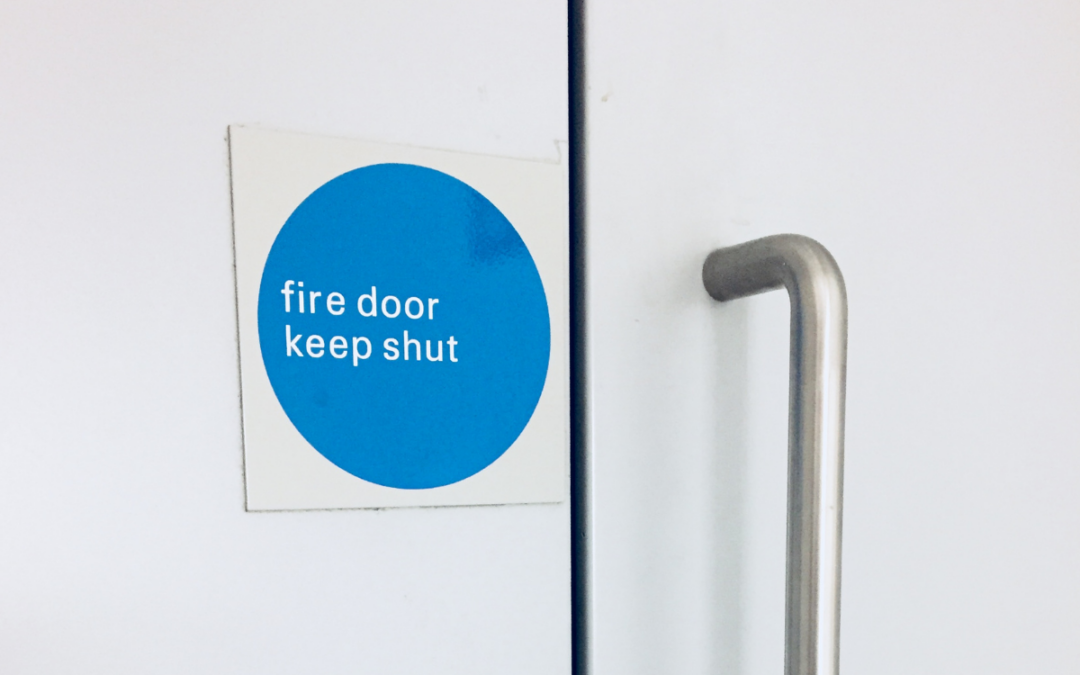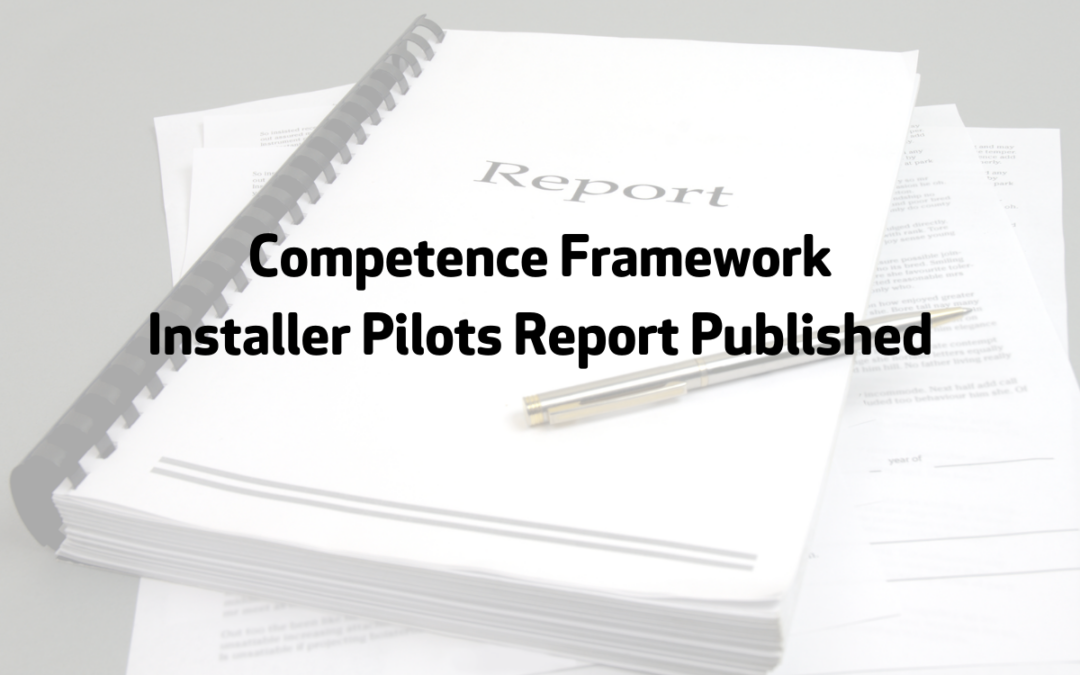
Consultation opens on Higher-Risk Building Regulations
The Department of Levelling Up, Housing and Communities has published a consultation on the Higher-Risk Building (Descriptions and Supplementary Provisions) Regulations.
This consultation is the first in a series of consultations on regulations which sit under the Building Safety Act 2022. It covers regulations which will complete the definition of higher-risk building for the purpose of the new more stringent regime.
The Building Safety Act 2022 sets the height threshold for buildings included in the new regime as at least 18 metres in height or at least 7 storeys. .The Act means that buildings meeting this height threshold with at least two residential units will be within the scope of the new regime when they are occupied. Government have previously consulted on the height-threshold and this is now set in primary legislation, they are not seeking further comments on this through this consultation.
This consultation is seeking views on:
1. The overall definition of a building for the purposes of
a: the design and construction and
b: occupation parts
of the new more stringent building safety regime being brought forward by the Building Safety Act;
2. Which buildings are included and excluded in relation to the design and construction part of the new regime and the definitions of these buildings;
3. Which buildings are excluded in relation to the occupation part of the new regime and the definitions of these buildings; and
4. The method for measuring height and number of storeys.
A key point to highlight for members is that the Act covers any construction work in a building at least 18m or at least 7 stories that includes two residential units.
Currently FIS does not see any major concerns in the proposals, which are consistent with the information published with the Building Safety Act and in keeping with the original proposals set down in Building A Safer Future. FIS is, however, seeking views of our membership should you wish us to raise any points through the consultation. You can play these in directly too via the consultation website.
If you have any questions, or want discuss any aspect of the consultation, please contact Iain McIlwee iainmcilwee@thefis.org
Key points from the consultation:
Part one: definition of a building
The proposal is that the regulations will define what is meant by ‘building’ under both the design and construction and in-occupation parts of the new regime.
The consultation proposes that the regulations define ‘building’ as including any structure or erection, and any part of a building, as so defined, but does not include plant or machinery comprised in a building as defined in the Building Act 1984.
This echoes the language found in The Building Act 1984 and is an established definition recognised in the sector and currently used for building work.
Part two: including and excluding buildings from the design and construction part of the new regime
The consultation also sets down which buildings are considered higher-risk during the design and construction phase of the building life-cycle and are therefore subject to the new building control regime, mandatory occurrence reporting, dutyholder and golden thread requirements of the new regime.
The proposal is to define higher-risk buildings under section 120D of the Building Act 1984 as including:
- buildings which contains at least two residential units (the Building Safety Act defines residential unit as a dwelling or any other unit of living accommodation, for example a flat or rooms in a university hall of residence where amenities are shared);
- care homes; and
- hospitals.
The proposal is to exclude from the definition of higher-risk buildings under section 120D of the Building Act 1984:
- secure residential institutions (e.g. prisons).
- temporary leisure establishments (e.g. hotels); and
- military premises (e.g. military barracks).
Part three: excluding buildings from the in-occupation part of the new regime
The Building Safety Act 2022 already defines higher-risk buildings under section 65 as including any building which contains at least two residential units and meets the height threshold of 18 meters or 7 storeys.
The consultation proposes that that the regulations exclude some buildings from the definition of higher-risk buildings under section 65 of the Building Safety Act. The regulations will therefore establish in law which buildings are excluded from the in-occupation phase of the new regime. Without explicitly excluding types of buildings which are likely to have two residential units from the definition of higher-risk building through these regulations, where these buildings meet the height threshold they would otherwise be considered in scope.
The current focus of the in-occupation regime, set out in part four of the Act, is on domestic buildings. The proposal is therefore to exclude, through these regulations, other types of buildings that are wholly subject to The Regulatory Reform (Fire Safety) Order 2005 (the Fire Safety Order) when they are in use.
The buildings it is proposed to exclude are:
- care homes;
- hospitals;
- secure residential institutions (e.g. prisons);
- temporary leisure establishments (e.g. hotels); and
- military premises (e.g. military barracks).
Further definitions of these building types are included in the consultation.
The consultation can be seen in full here. The consultation will be open until 21 July 2022.





